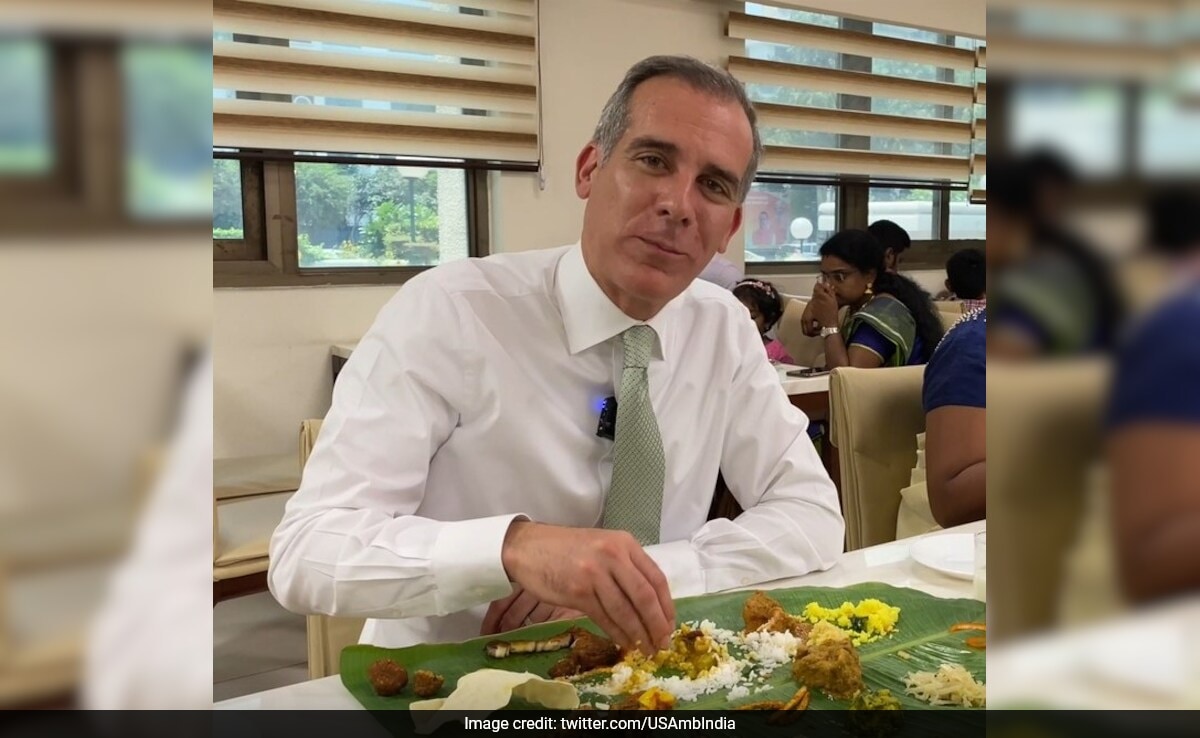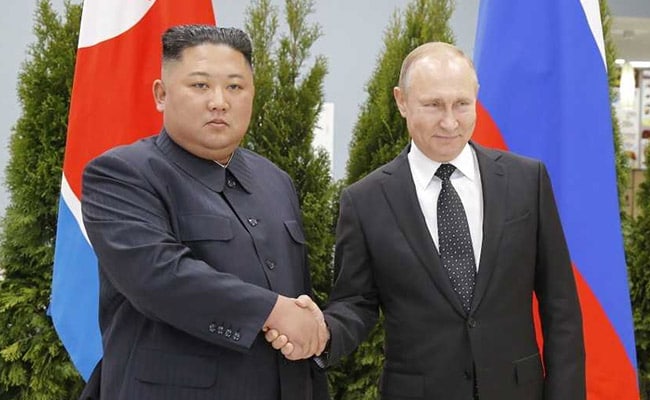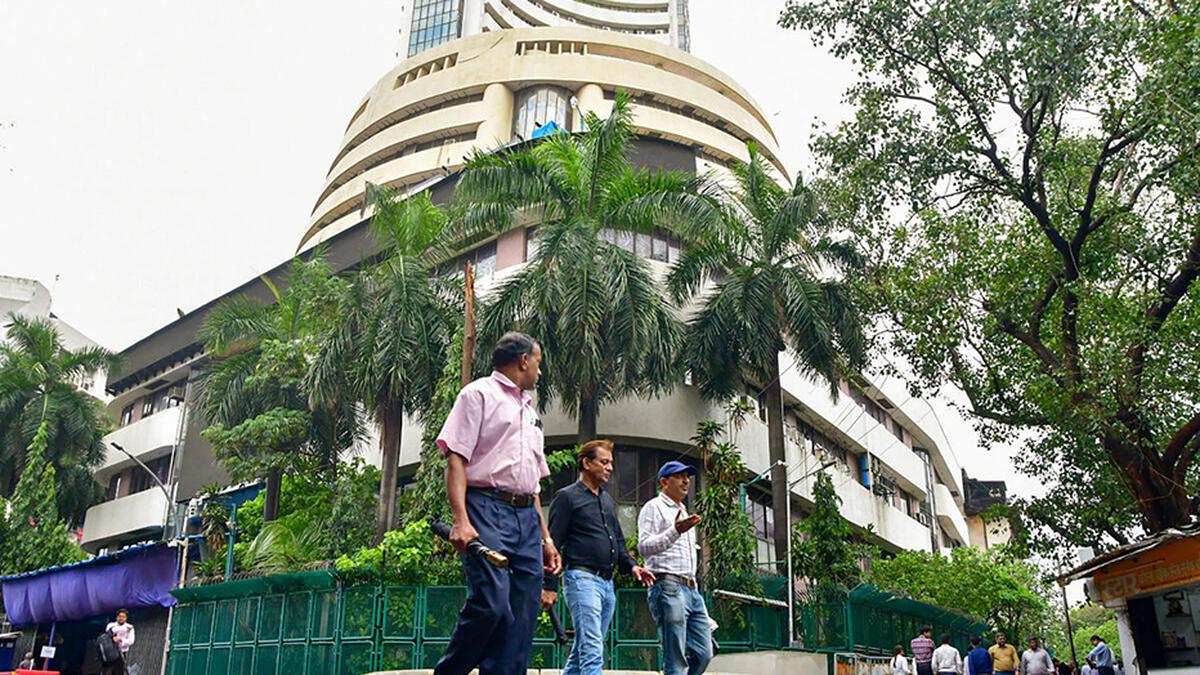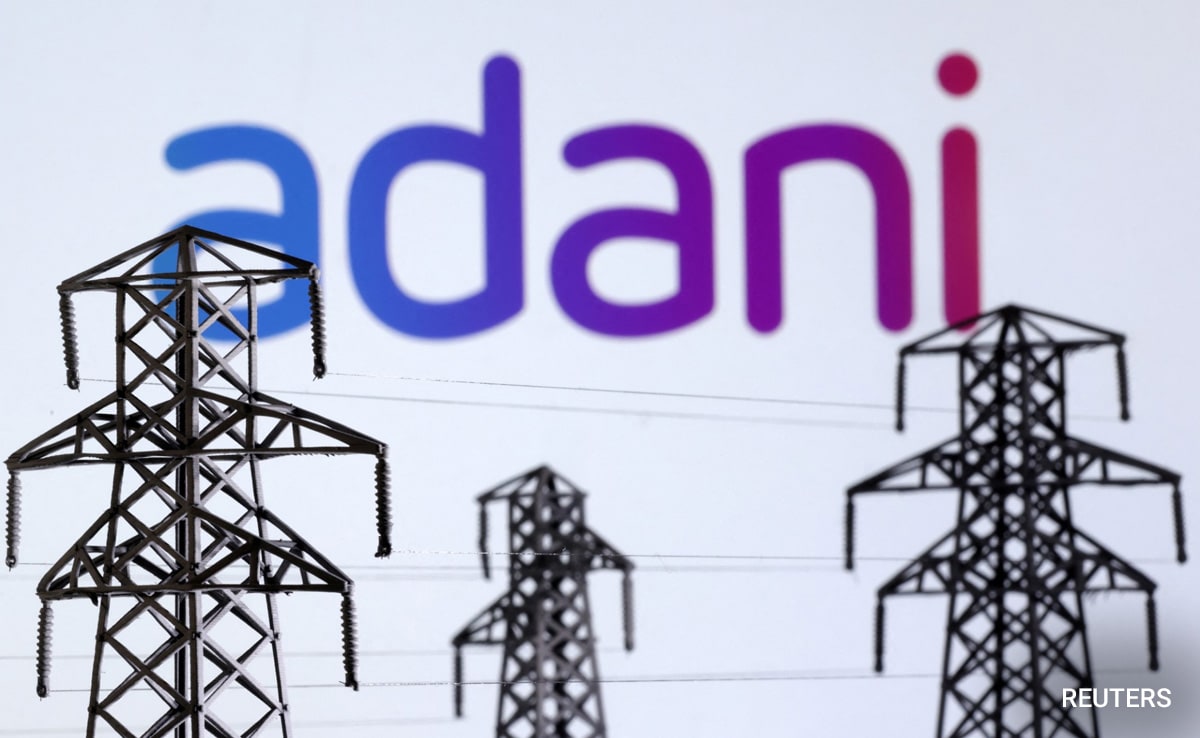The Union Budget presented in Parliament by Finance Minister Nirmala Sitharaman on Wednesday allocated ₹5.94 lakh crore for the Defence Ministry, a 13% increase year-on-year from last year’s budget estimates.
The non-salary revenue outlay has gone up by 44% from ₹62,431 crore the previous year to ₹90,000 crore in the Budget Estimates of 2023-24. The hike is particularly significant given the huge increase in operational commitments, with major force accretion and sustenance along the Line of Actual Control (LAC), and stocking up of spares and ammunition since the 2020 stand-off with China.
“This will cater to sustenance of weapon systems and platforms, including ships and aircraft, and their logistics; boost fleet serviceability; emergency procurement of critical ammunition and spares; procuring and hiring of niche capabilities to mitigate capability gaps wherever required; progress stocking of military reserves; and strengthening forward defences, amongst others,” the Defence Ministry said.
The Ministry said as a precursor to the hike in the non-salary revenue segment, the government during the mid-term review had enhanced the operational allotment for the current financial year by ₹26,000 crore, which is 42% of the present allocation. This unprecedented increase in the Revised Estimates 2022-23 has ensured liquidation of the entire carry-over liabilities during the current year, thereby ensuring that there is no dent in the next year’s operational outlay of the services, it stated.
“The enhanced allocations in the Budget will also cater to training aids and simulators for Agniveers and ensure that they achieve the set standards of training for induction in the defence forces,” the Ministry added.
Capital expenditure for military modernisation also saw a 6.7% rise by ₹10,230 crore year-on-year to ₹1.62 lakh crore. There was also a major hike in the allocation for defence pensions on account of the revision of the One Rank One Pension (OROP) scheme. Allocation for the Defence Research and Development Organisation is ₹23,264 crore, a 9% increase year-on-year.
The overall revised estimates for 2022-23 for defence stood at ₹5.85 lakh crore and this year’s allocation represents a 1.5% increase. Of this year’s defence budget, ₹2.7 lakh crore is for revenue expenditure, ₹1.38 lakh crore for pensions and ₹22,612 crore for defence (civil).
More funds for BRO
The capital budget of the Border Roads Organisation (BRO) has gone up by 43% to ₹5,000 crore from ₹3,500 crore in 2022-23. “The Ministry of Defence is committed towards infrastructure strengthening in the border areas, particularly the Northern Borders,” Defence Minister Rajnath Singh said. The BRO is close to finishing some key infrastructure projects in the eastern sector and improving all-weather connectivity along the LAC.
Of the ₹1.62 lakh crore set aside for capital expenditure, a 6.7% increase year-on-year, ₹37,242 crore has been earmarked for the Army, ₹52,804 crore for the Navy and ₹57,137 crore for the Indian Air Force (IAF). This represents a year-on-year increase of 16.32% for the Army, 10.96% for the Navy and 2.79% for the IAF. Budget documents show that the Defence Ministry has returned about ₹2,370 crore from the capital component, a major part accounted for by the IAF, which has unspent funds of ₹1,837 crore.
Capex for defence received a nominal 7% increase compared with the 33% rise in the country’s overall capital expenditure commitment, according to Gaurav Mehndiratta, partner and head, Aerospace and Defence, KPMG in India. “We believe the capex allocation misses a commensurate reflection of the government’s impetus on defence manufacturing,” he said.
New beneficiaries
The revised estimates of 2022-23 for pensions shot up by ₹33,719 crore to ₹1,53,415 crore following the Union Cabinet’s approval for the revision of the OROP scheme last December, which was pending since July 2019. The revision will benefit more than 25.13 lakh veterans and family pensioners, including over 4.52 lakh new beneficiaries.
The government has said arrears will be paid in four half-yearly instalments except for beneficiaries in some special categories who will be paid in one instalment. The estimated annual expenditure for the implementation of the revised scheme has been calculated at approximately ₹8,450 crore, including Dearness Relief (DR) at 31%. Arrears from July 1, 2019 to June 30, 2022 have been calculated at approximately ₹23,638 crore as per the applicable DR, the government said, adding that this expenditure is over and above the ongoing spend on account of OROP.
Agniveer Corpus Fund
In line with the provisions of the Agnipath scheme for recruitment into the armed forces, the Budget has announced the creation of a non-lapsable dedicated Agniveer Corpus Fund. This will cater to the Seva Nidhi severance package to be given to Agniveers on completion of four years. Individuals would have to contribute 30% of their monthly income to the fund during service, which will be equally matched by the government. The government will also pay to the subscriber interest, as approved from time to time, on the contributions in the account and the entire payout will be tax-free.











